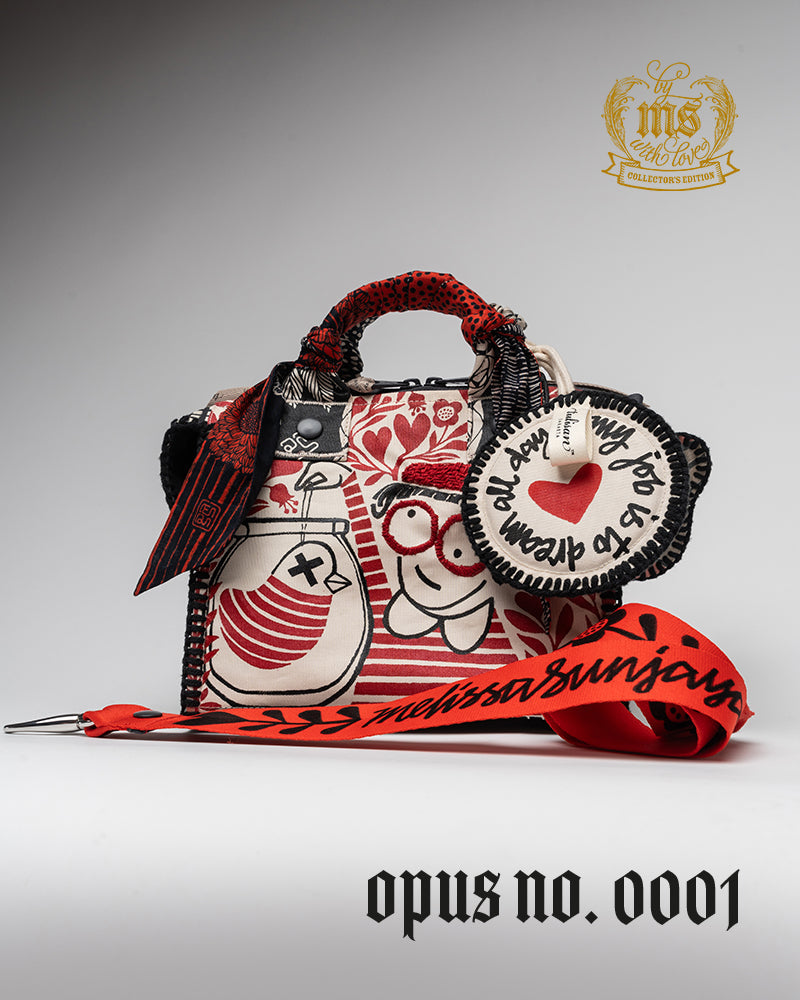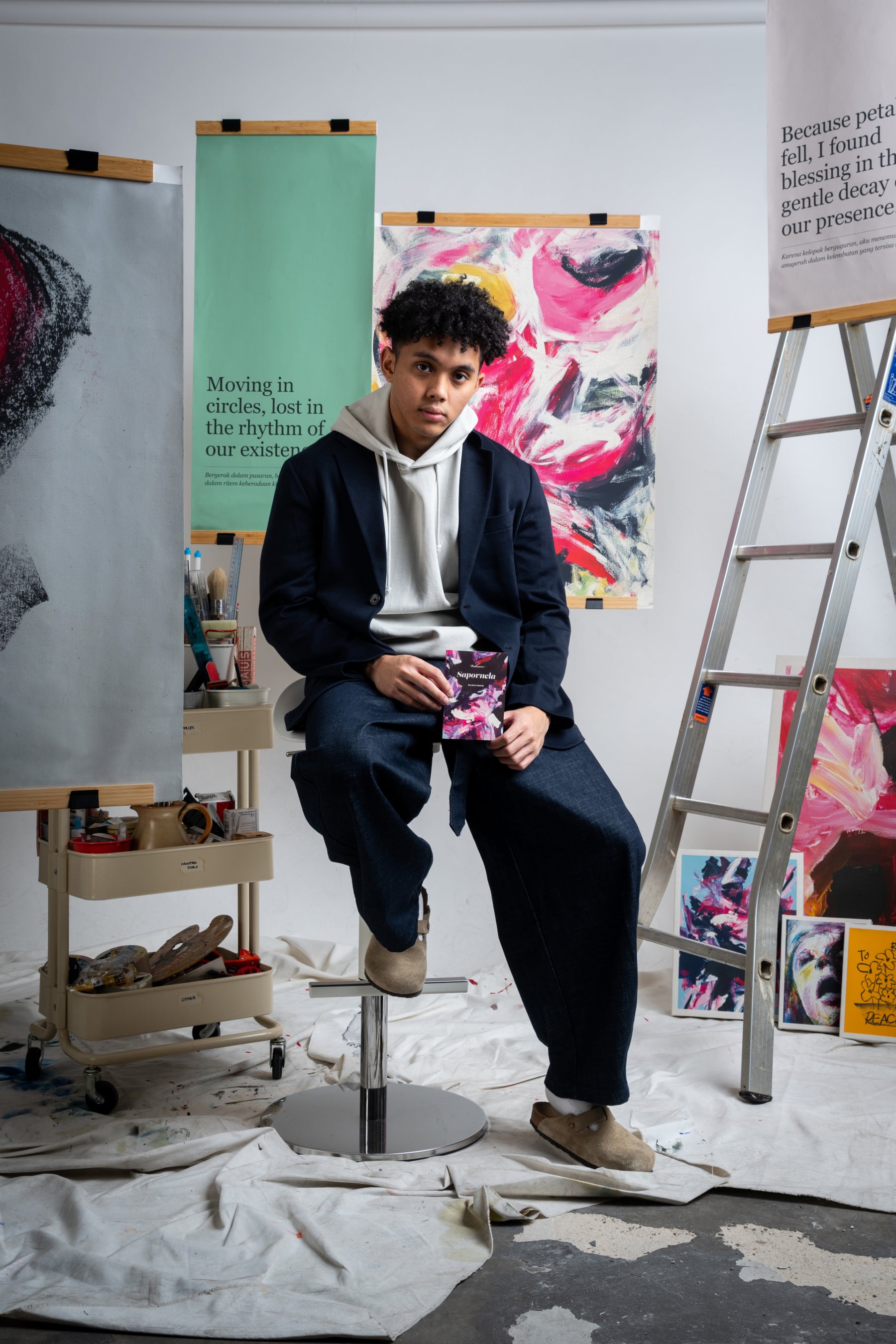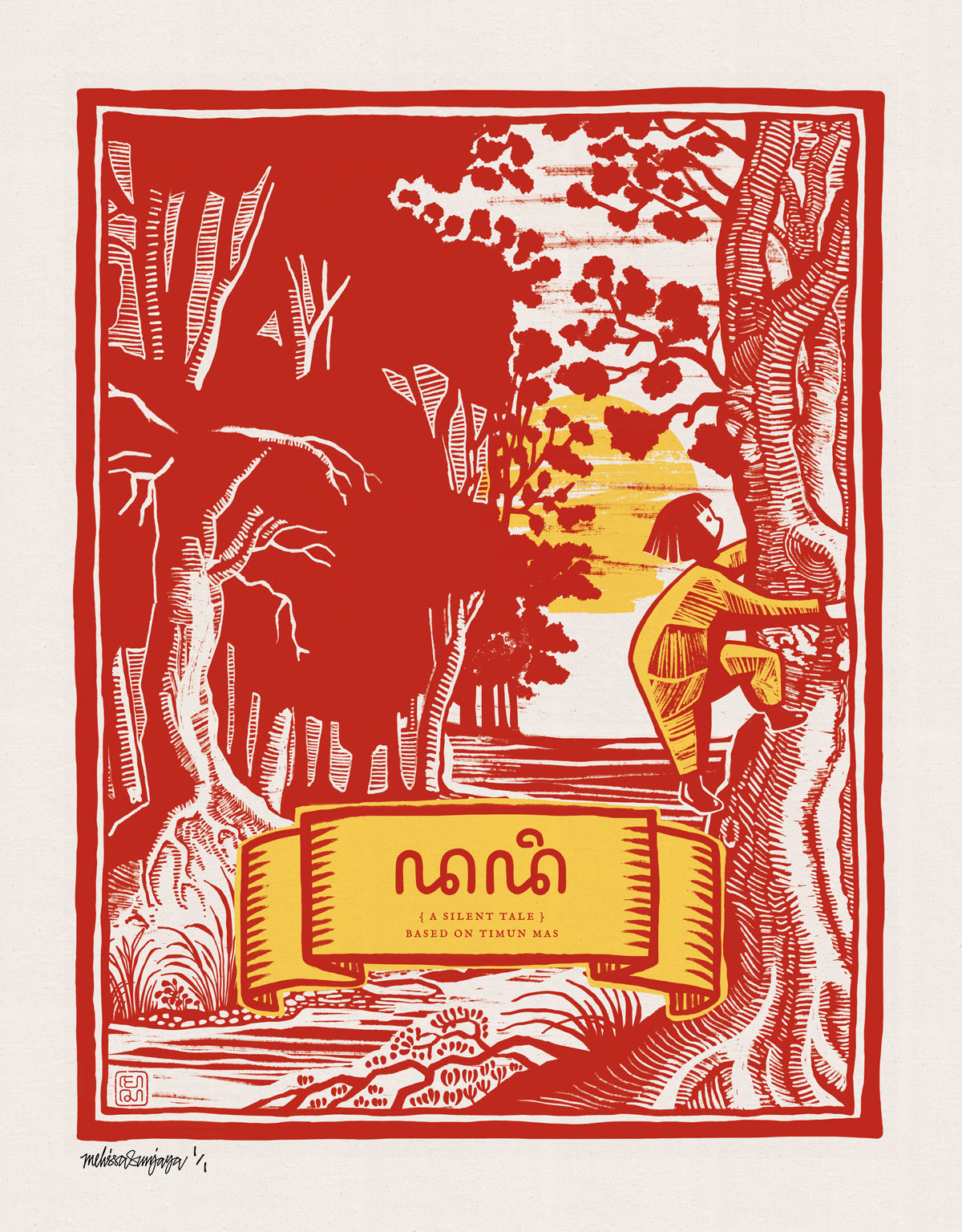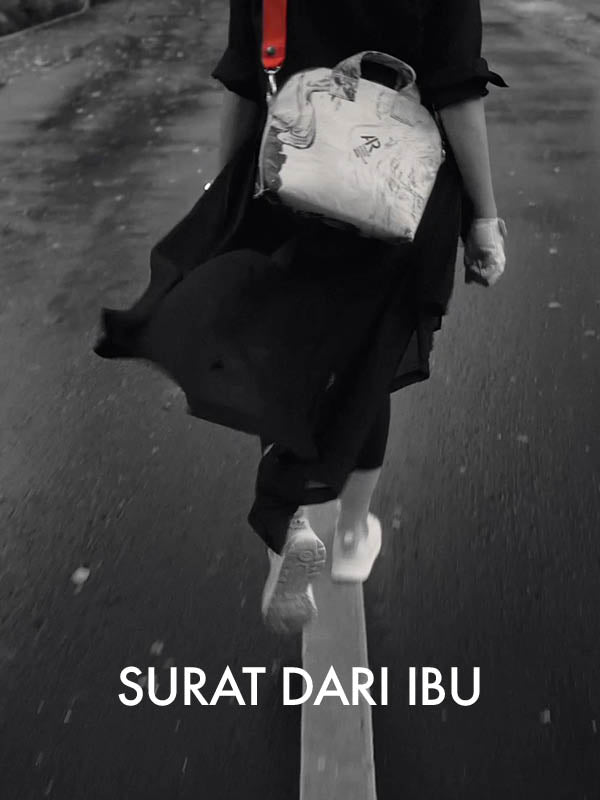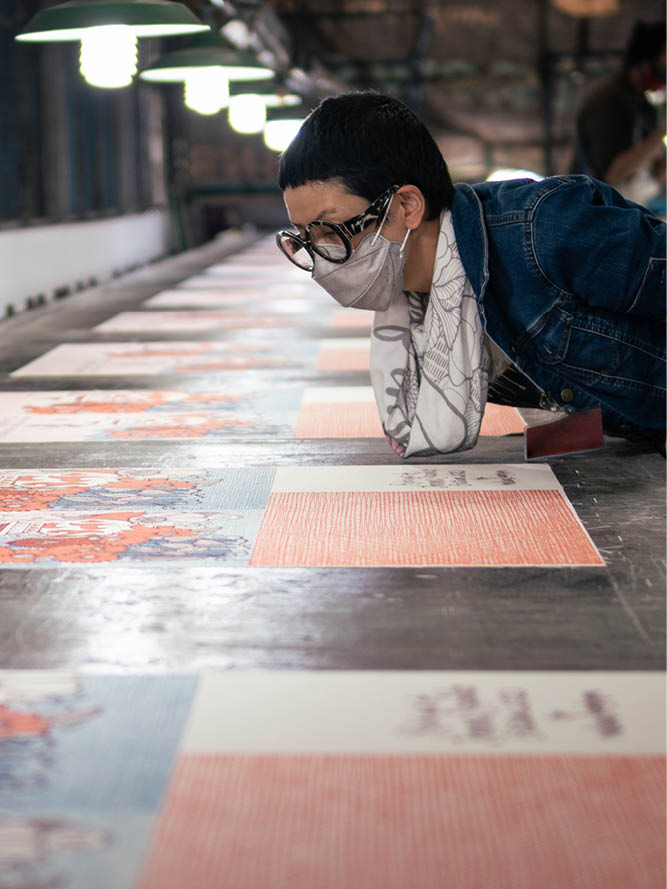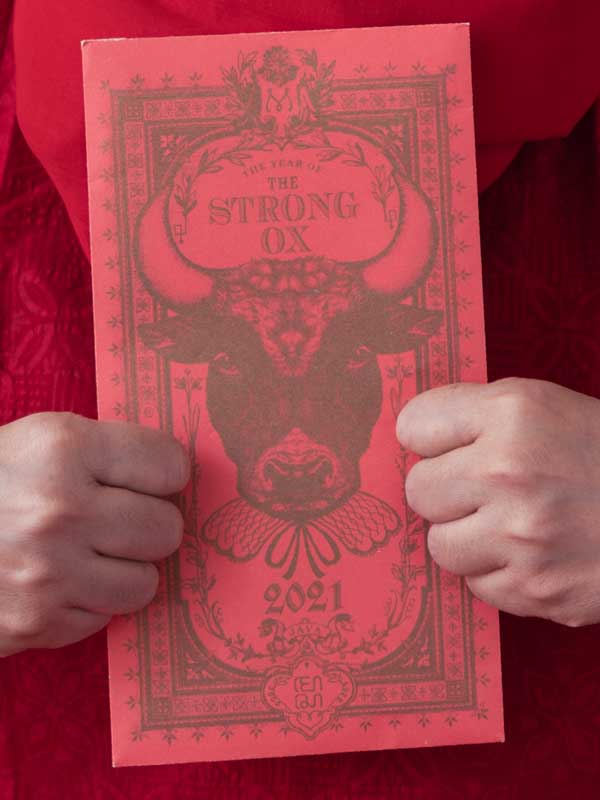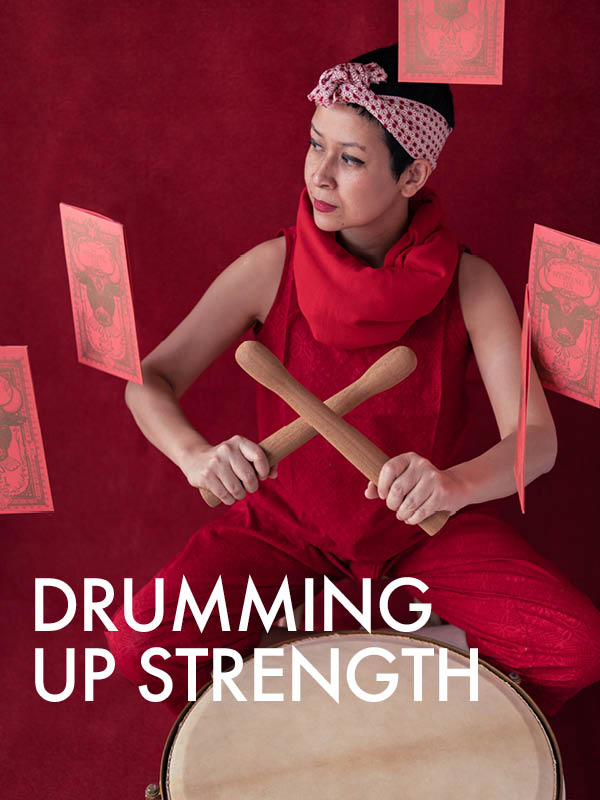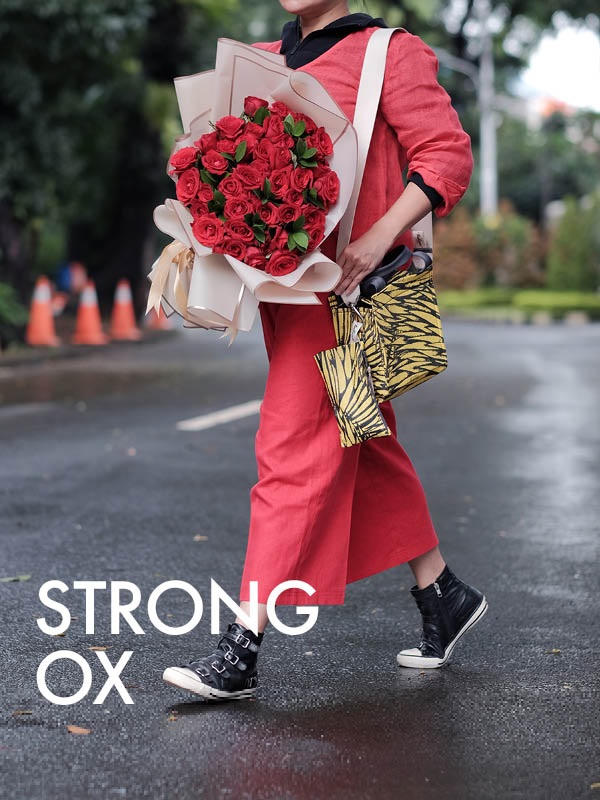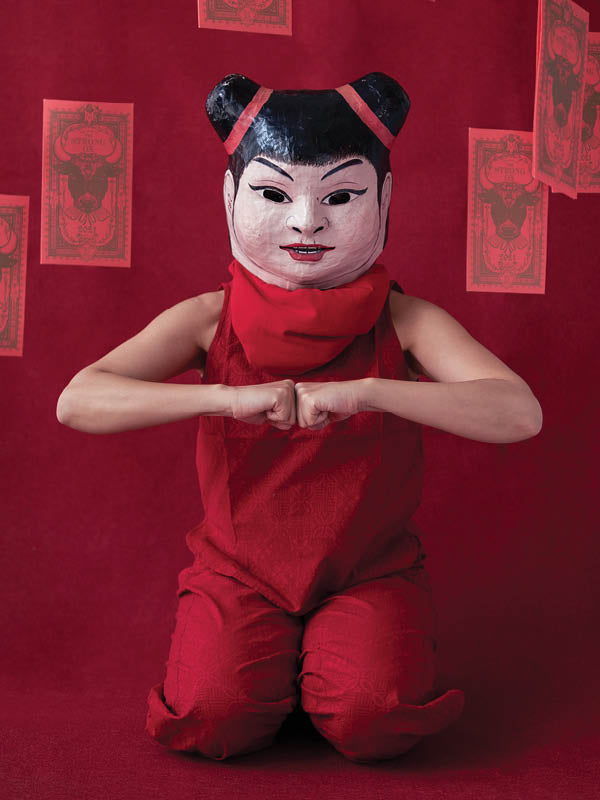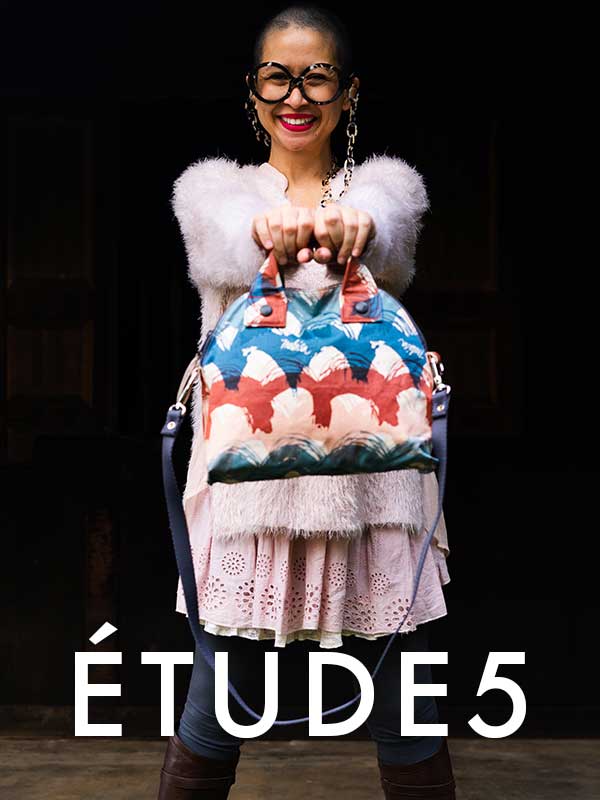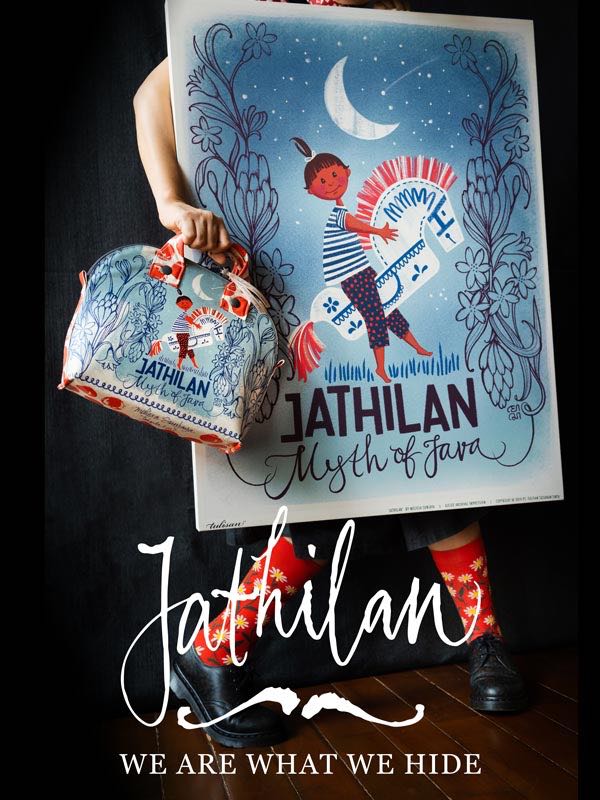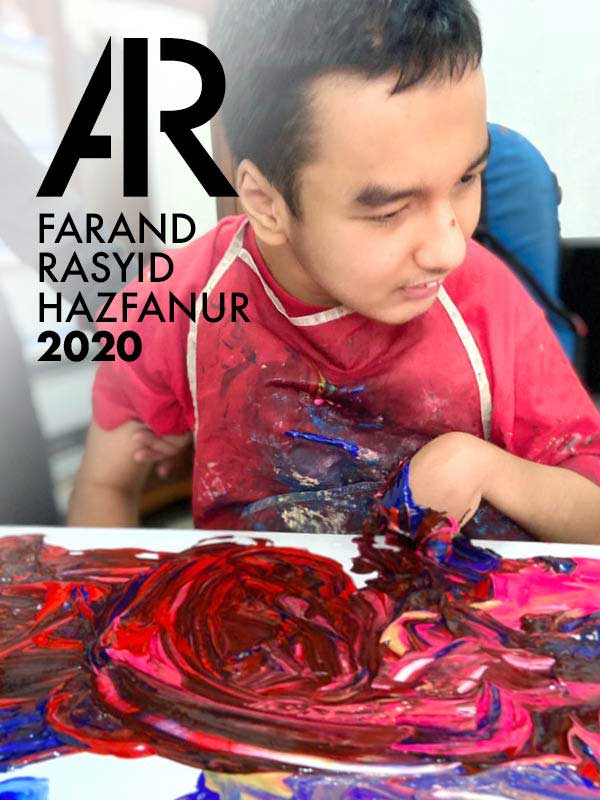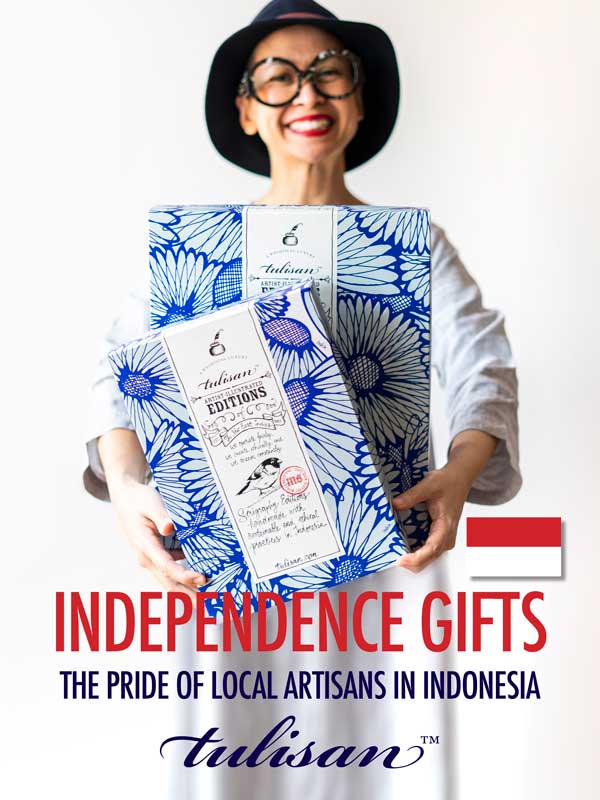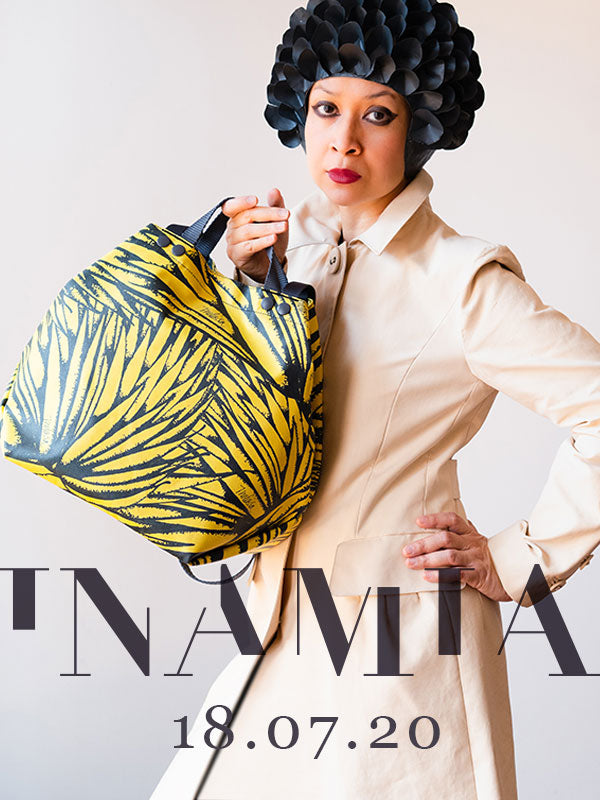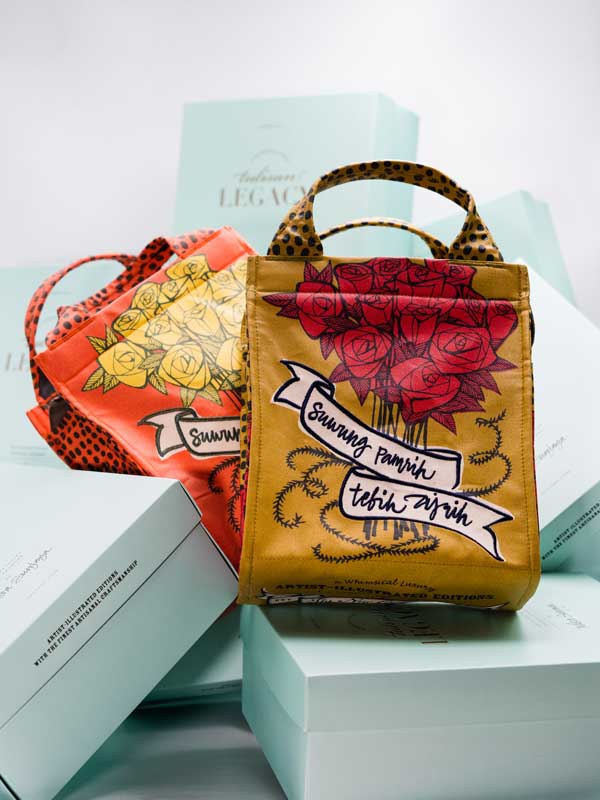 Singapore has been a “melting pot” as long as the Indians and Chinese were trading. The country stands proudly on a campaign of cultural harmony, and aims to be a petri-dish for artistic innovation in Asia.
Singapore has been a “melting pot” as long as the Indians and Chinese were trading. The country stands proudly on a campaign of cultural harmony, and aims to be a petri-dish for artistic innovation in Asia.
With that in mind, we were introduced to an ancient art form, that rarely travels from in roots in Kerala, South India. Kathakali is believed to have been developed in the 1500s -1600s in South India. It is an improvisational, dance drama who’s stories depict epics derived from the Mahabharata and Ramayana.
Bhaskar’s Arts Academy, founded and based in Singapore, is one of only a handful of companies outside India that promote Kathakali and host a troupe of artists.
Here at Tulisan, we really admire the process behind any art form and Kathakali is a perfect example of how the process is just as important as the art itself. This weekend, we went behind the scenes to discover the process behind the mask.
Much like in Balinese Dance, the connection and artist has to his character is considered divine and very personal. Because the artist is not only dancing, but also acting, improvising and usually embodying a Hindu deity, the performers’ experience is like a meditation.
 Every Kathakali performer is required to know how to play every character in the traditional 101 “plays” within the Kathakali repertoire. Traditionally, performers came from several different regions for a performance, and it is not until they start their make-up routine that the characters they will play are determined. This means that the artist should have a deep understanding of the literature in both the Mahabharata and the Ramayana and are able to take on any role at any point.
Every Kathakali performer is required to know how to play every character in the traditional 101 “plays” within the Kathakali repertoire. Traditionally, performers came from several different regions for a performance, and it is not until they start their make-up routine that the characters they will play are determined. This means that the artist should have a deep understanding of the literature in both the Mahabharata and the Ramayana and are able to take on any role at any point.
Kathakali is an incredibly extravagant and exaggerated art form and the costumes parallel this trend perfectly. Every character has a large, ornate head piece or crown, which are also indicators of who the characters are. A halo like crown being hero, a tribal headpiece for a tribes person, a veil for women.
They also wear large “tutu” like skirts that exaggerate their movements, and add an almost comedic clumsiness and as well as frighteningly, intimidating giantlike presence.

 Perhaps, on of the most striking parts of the costume are the masks that they apply. In addition to emphasizing the facial expressions (these people have facial muscle control like I have NEVER seen) they serve as symbols to the audience about which character is which.
Perhaps, on of the most striking parts of the costume are the masks that they apply. In addition to emphasizing the facial expressions (these people have facial muscle control like I have NEVER seen) they serve as symbols to the audience about which character is which.
 Green indicates a benevolent or heroic character.
Green indicates a benevolent or heroic character.
A black or red beard indicates a bad character or the villain.
Beige/Yellow indicates a saint or a female.
Black face indicates a tribal character.
Each step is preceded by a prayer including putting on the bells.

 The entire process of getting ready takes 2-3 hours. Although here in Singapore they are not able to practice this as often, the ritual usually includes an traditional oil massage, and the make-up is made by the artists themselves using natural products like realgar, indigo, kohl and coconut oil.
The entire process of getting ready takes 2-3 hours. Although here in Singapore they are not able to practice this as often, the ritual usually includes an traditional oil massage, and the make-up is made by the artists themselves using natural products like realgar, indigo, kohl and coconut oil.
 The lengthy and strenuous process of getting ready for a show is preceded by years and years of training, and research.
The lengthy and strenuous process of getting ready for a show is preceded by years and years of training, and research.
Bhaskar’s Arts Academy presented Kiratham on Sunday, February 23, 2014 at the Goodman Arts Center Blackbox Theatre to a full house.
The improvisational style leads to an incredibly funny and entertaining depiction of ancient Hindu epics. Kathakali is always presented with live percussion, and vocals which serve as the narration of the story. Aside from being thoroughly struck by the acting and dancing, the experience is also accented by music and vocals.
Bhaskar’s Arts Academy regularly produces Kathakali and other Classical Indian performances in Singapore and abroad. Check out their website and blog for more information!

xx Gabbie



